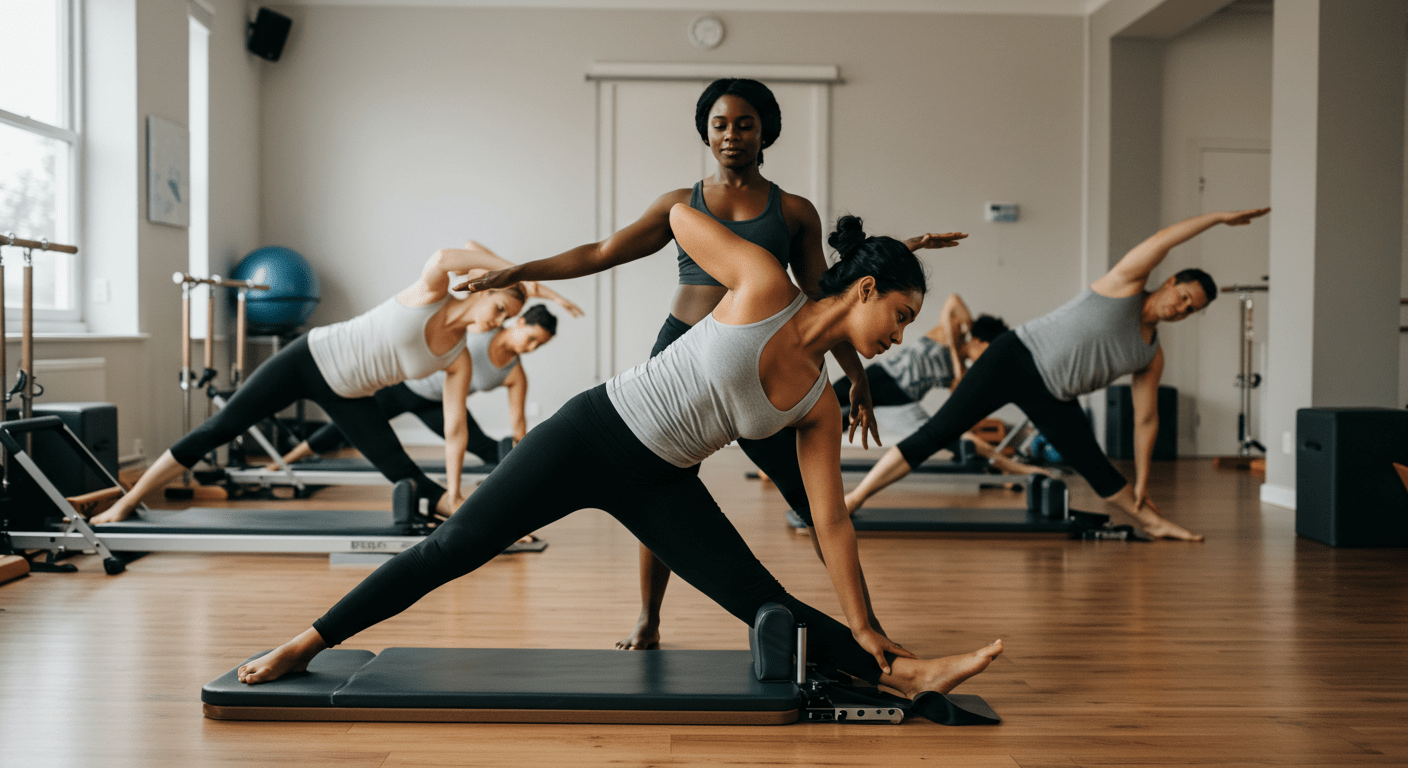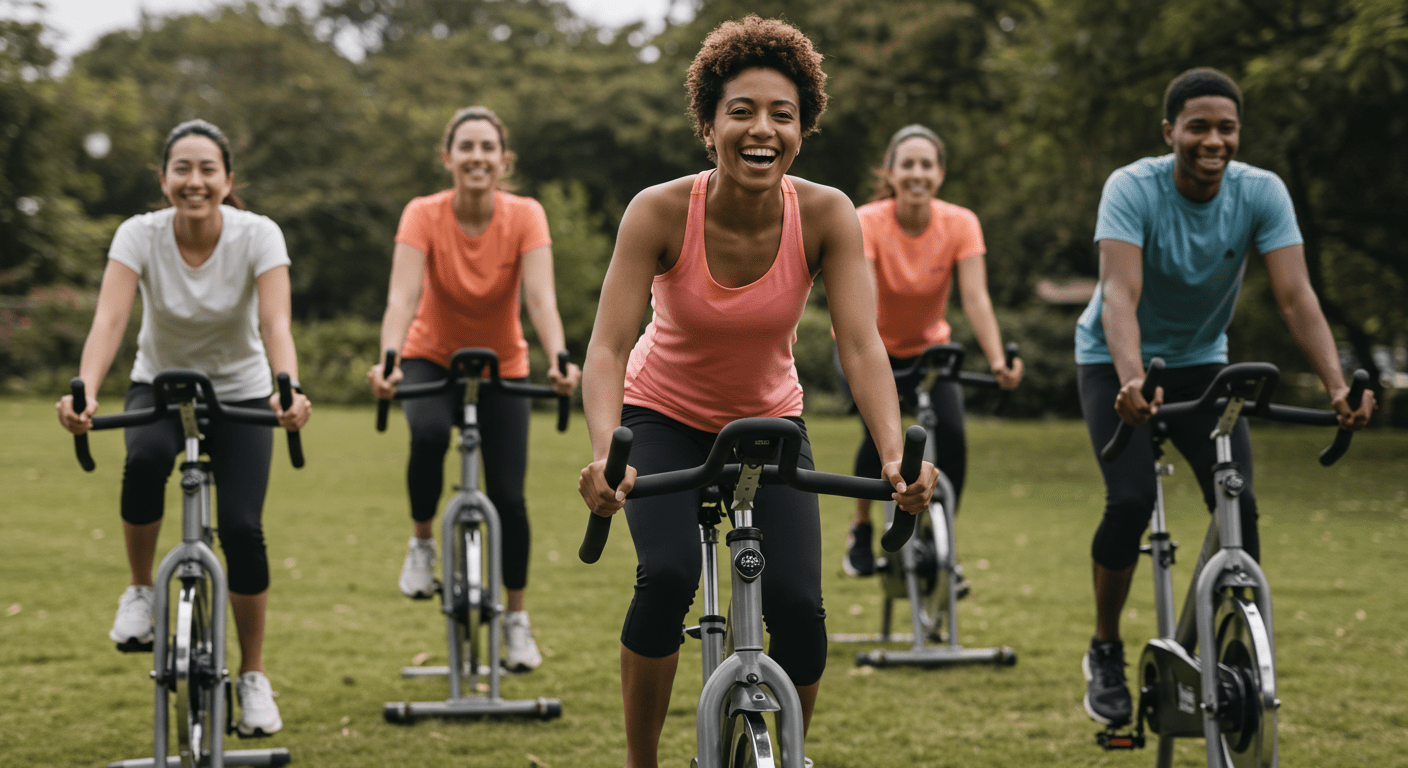Understanding Low-Impact Exercises
Low-impact exercises are activities that involve a minimal amount of stress on the joints because at least one foot stays in contact with the ground at all times. This is contrary to high-impact exercises like jogging or plyometrics, where both feet may leave the ground simultaneously, causing stress on the joints upon landing. Low-impact exercises are ideal for people with joint pain, seniors, those who are pregnant, or individuals recovering from injury.


